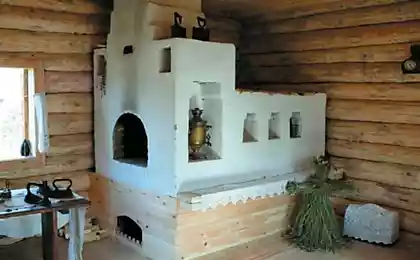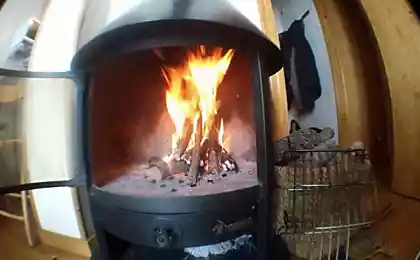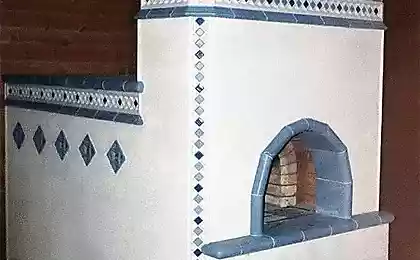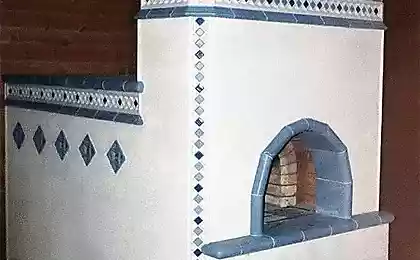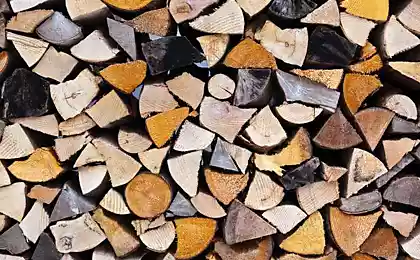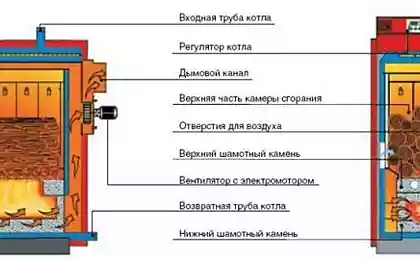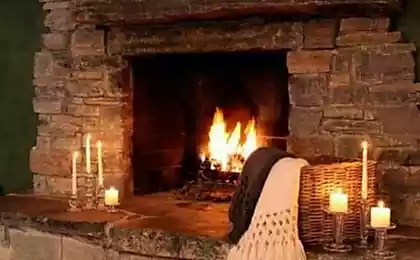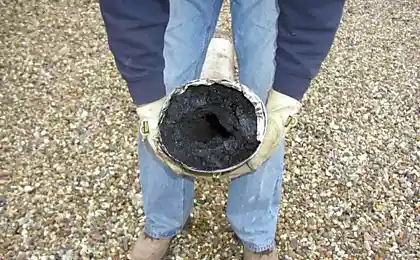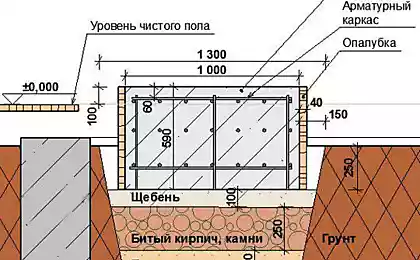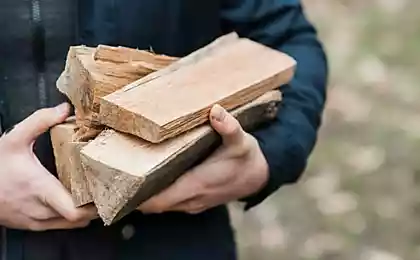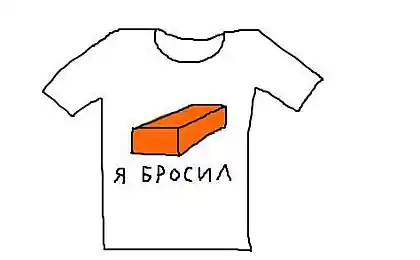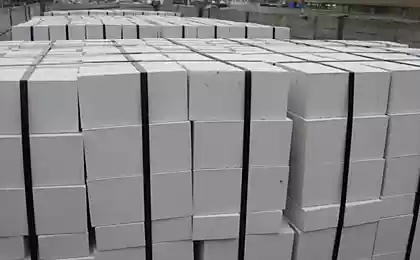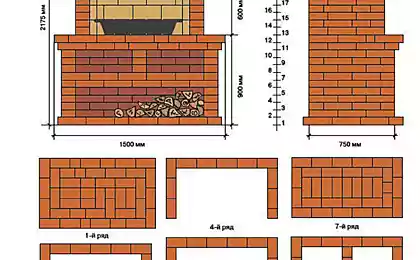259
Why summer residents-pensioners worship the old stove “Swedish”
Despite the rapid development of technology, many people still heat their private homes using ovens. Depending on the type, they can also be used for cooking. Just like old Russian fairy tales! If you're just thinking, which furnace to chooseStay with us. Today we will talk about popular ovens: "Swedish" and "Dutch".
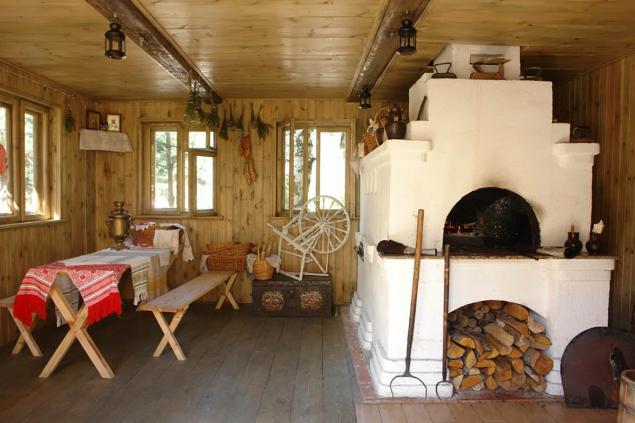
The first written mention of the “Swedish” dates back to 1931. It’s been so long and the stove is still popular! Not surprisingly, it has many advantages.
View this post on Instagram
A post shared by Brick Stoves Barbecue (@kaminipechi)
For example, unlike other varieties, this stove has a convenient cooking surface. The metal plate is located in a niche, in the depth of the furnace. In addition, sometimes in the “Swedish” set also oven.
The Swede, as you know, came to us from Sweden. It was invented when the Dutch oven already existed. However, the Swedes, with their harsh climate and lack of space for large houses, needed to create a compact oven with high efficiency. Swedes were also installed in Germany and other European countries.
View this post on Instagram
A post shared by Pechnik (Moscow and region) (@pechi_moscow)
In Russia, “Swedish” appeared in the late 1940s. Of course, they caught people’s attention with their compactness. After all, the Russian stove, although good, takes up too much space. And that's certainly her minus.
Thanks to the heat-intensive brick body, such an oven can heat a whole small house. On the cooking deck it is convenient to cook food, and if there is an oven, you can also do baking.
View this post on Instagram
A post shared by Alexander Shulyatikov (@donalek)
The metal plate (like the oven, if any) heats up very quickly, immediately transferring heat to the room. This speeds up the heating process, as the bricks warm a little longer. In the classic “Swedish” should be a multi-turn chimney. It allows the brick body of the furnace to heat up quickly and evenly.
“Swedish” is an ideal solution for a country house. It will help especially if you need to cook food, and the lights suddenly turned off. Outside the city, power outages sometimes occur.
The Dutch oven appeared in Russia at the beginning of the XVIII century. However, peasants began to establish it only in the middle of the XIX century. In addition to "Dutch", this oven is also called "rough" or "rough". Such names are common in the south of Russia and Belarus.
View this post on Instagram
A post shared by Nikolaev Pechi (@nikpech.ru)
It is a high rectangular furnace with a large fuel chamber. “Dutch” is a subsurface furnace in which there is no ash (the lower part of the furnace, where the ash falls) and a spikelet grille. In other words, the wood here burns as if it were a fire. The classic "Dutch" is equipped with a multi-turn chimney. It takes up little space and warms up the room well.
View this post on Instagram
A post shared by Laying heat - stoves masonry (@klademteplo)
Installation "Dutch" is much more practical than the same Russian furnace. You will need about 4 times less brick, but at the same time heating such an oven will be no worse. “Dutch” is difficult to deform, so you can not be afraid of cracking. In addition, this stove needs a high-speed burner.
What rules should be followed In order for any heat-intensive furnace to reach its potential, it is necessary to observe heater. It is best to start the operation of the oven in advance. It needs to work properly. Just after a long downtime, a cold stove can start to smoke.
Sometimes people drown the oven for 3-4 hours to get fast heat, or even longer. As a result, the brick furnace is heated and gives a crack. To avoid this, it is best to remember the simple rules.
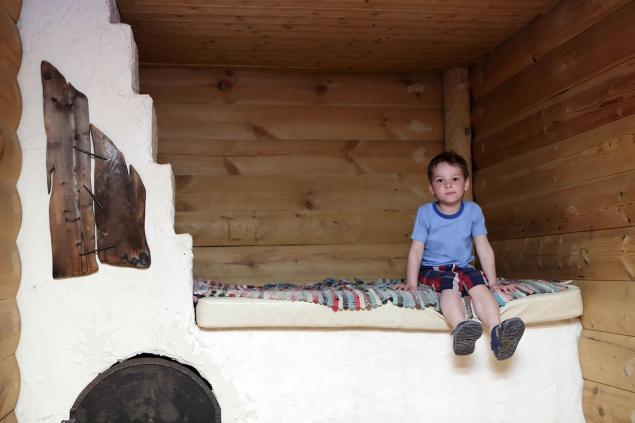
First, it is enough to heat the oven for 1 hour to get heat for a day. This is due to the inertia of the furnace body. Secondly, if the room was subzero temperature, you will need more time and energy, that is, more firewood.
Don't let firewood overrun.Otherwise, you'll just reduce the efficiency of a heat-intensive stove. Unfortunately, the principle of “the more, the better” in this case simply does not work. Pereptop is considered the most common mistake that leads to the destruction of the furnace.
If you live in a private country house, tell us if you use a stove? It will be useful for us to know what kind of furnace is installed in your home and whether you are happy with it. Wait for you downstairs!

The first written mention of the “Swedish” dates back to 1931. It’s been so long and the stove is still popular! Not surprisingly, it has many advantages.
View this post on Instagram
A post shared by Brick Stoves Barbecue (@kaminipechi)
For example, unlike other varieties, this stove has a convenient cooking surface. The metal plate is located in a niche, in the depth of the furnace. In addition, sometimes in the “Swedish” set also oven.
The Swede, as you know, came to us from Sweden. It was invented when the Dutch oven already existed. However, the Swedes, with their harsh climate and lack of space for large houses, needed to create a compact oven with high efficiency. Swedes were also installed in Germany and other European countries.
View this post on Instagram
A post shared by Pechnik (Moscow and region) (@pechi_moscow)
In Russia, “Swedish” appeared in the late 1940s. Of course, they caught people’s attention with their compactness. After all, the Russian stove, although good, takes up too much space. And that's certainly her minus.
Thanks to the heat-intensive brick body, such an oven can heat a whole small house. On the cooking deck it is convenient to cook food, and if there is an oven, you can also do baking.
View this post on Instagram
A post shared by Alexander Shulyatikov (@donalek)
The metal plate (like the oven, if any) heats up very quickly, immediately transferring heat to the room. This speeds up the heating process, as the bricks warm a little longer. In the classic “Swedish” should be a multi-turn chimney. It allows the brick body of the furnace to heat up quickly and evenly.
“Swedish” is an ideal solution for a country house. It will help especially if you need to cook food, and the lights suddenly turned off. Outside the city, power outages sometimes occur.
The Dutch oven appeared in Russia at the beginning of the XVIII century. However, peasants began to establish it only in the middle of the XIX century. In addition to "Dutch", this oven is also called "rough" or "rough". Such names are common in the south of Russia and Belarus.
View this post on Instagram
A post shared by Nikolaev Pechi (@nikpech.ru)
It is a high rectangular furnace with a large fuel chamber. “Dutch” is a subsurface furnace in which there is no ash (the lower part of the furnace, where the ash falls) and a spikelet grille. In other words, the wood here burns as if it were a fire. The classic "Dutch" is equipped with a multi-turn chimney. It takes up little space and warms up the room well.
View this post on Instagram
A post shared by Laying heat - stoves masonry (@klademteplo)
Installation "Dutch" is much more practical than the same Russian furnace. You will need about 4 times less brick, but at the same time heating such an oven will be no worse. “Dutch” is difficult to deform, so you can not be afraid of cracking. In addition, this stove needs a high-speed burner.
What rules should be followed In order for any heat-intensive furnace to reach its potential, it is necessary to observe heater. It is best to start the operation of the oven in advance. It needs to work properly. Just after a long downtime, a cold stove can start to smoke.
Sometimes people drown the oven for 3-4 hours to get fast heat, or even longer. As a result, the brick furnace is heated and gives a crack. To avoid this, it is best to remember the simple rules.

First, it is enough to heat the oven for 1 hour to get heat for a day. This is due to the inertia of the furnace body. Secondly, if the room was subzero temperature, you will need more time and energy, that is, more firewood.
Don't let firewood overrun.Otherwise, you'll just reduce the efficiency of a heat-intensive stove. Unfortunately, the principle of “the more, the better” in this case simply does not work. Pereptop is considered the most common mistake that leads to the destruction of the furnace.
If you live in a private country house, tell us if you use a stove? It will be useful for us to know what kind of furnace is installed in your home and whether you are happy with it. Wait for you downstairs!
